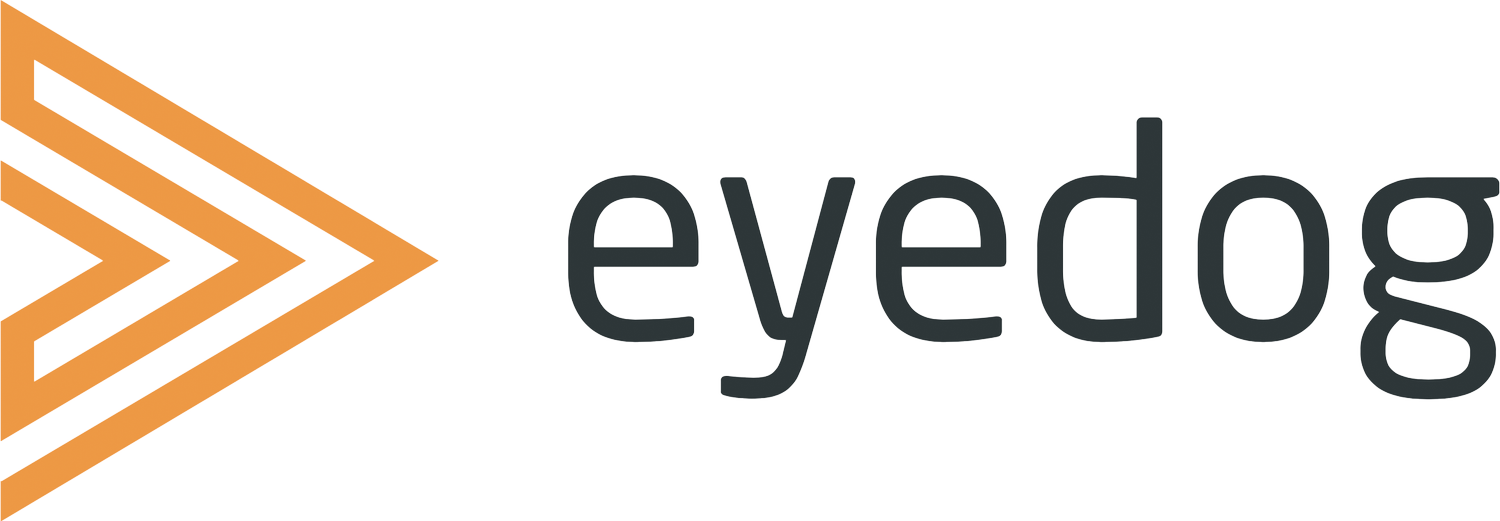
Evidence Based
Wayfinding Information Design
Deploy an Optimized Signage System based on Mathematical Optimization

Signage Remains Essential in Hospitals
While Mobile Wayfinding offers significant benefits, it isn't a comprehensive solution for all navigational challenges in hospitals. The prevalence of poorly designed signage in many hospitals doesn't justify its complete elimination.
In fact, effective signage plays a crucial role, provided it is executed properly.
For optimal effectiveness, the information design of the signage system must be mathematically optimized to improve wayfinding performance and wayfinding experience. And this signage needs to be flawlessly integrated into a comprehensive wayfinding strategy, where various tools support and reinforce each other.
Creating effective signage for a hospital is not easy. Designers often focus too quickly on aesthetics; how it looks. While this isn't unimportant, far more crucial is determining what information to display and where to place it.
Our method is based on extensive scientific research focused on the most effective ways to transfer information for patient navigation. We utilize insights from these studies to enhance our mathematical optimization algorithms, which then determine the placement of wayfinding information
The result is an optimal information design for signage. Additionally, the great advantage is that we can create this in just a few days instead of months.
When is Wayfinding Information Design Optimal?
Find any place, from any place
From every choice point, every destination should be accessible, regardless of the direction from which the decision point is approached. In summary, whether you're entering the hospital for an appointment, leaving to go home, or have a follow-up appointment elsewhere in the hospital, you can find any endpoint from each choice point.
Shortest Path
We analyze how patients can reach their destination from every choice point in the hospital via the shortest path to minimize energy expendeture. We optimize the distances that need to be covered by all patients to reach their appointments.
Minimizing Information, Maximizing Functionality
At each choice point, the amount of information is kept to a minimum to avoid unnecessary cognitive burden on the patient and to reduce the likelihood of navigational errors. Science has established threshold values for this. Our optimization algorithms aim to stay within these thresholds as much as possible.
Pedestrian Traffic Volume
We take into account the expected pedestrian traffic volume at choice points as calculated by our mathematical algorithms. The higher the volume, the more we strive to minimize the amount of information.
What is the outcome?
All choice points, endpoints, corridors, and vertical travel points are interconnected, creating a systemic network. Due to the systemic nature, this means that an intervention on the displayed information at a wayfinding choice point immediately impacts the information shown at all other wayfinding choice points within the network. Therefore, manually assigning the correct labels to the right physical indoor locations is an unfeasible task. Advanced mathematical optimization algorithms assist us in the analysis.
The result of our analysis is thus an optimized information design for the entire 'system', that is, the entire hospital.
Consequently, we advise on which information should be placed where in the hospital so that patients can find their way as easily and quickly as possible, and with the lowest chance of errors.
And what about the graphic design / signage design?
In this regard, we collaborate with two renowned wayfinding design studios in Amsterdam and Barcelona. Graphic/Signage designs are converted and broken down into fixed information blocks, after which our system generates an example of wayfinding signage based on the optimized information design and the graphic/signage design.
Integration Signage and Mobile Wayfinding
QR codes, accomodating cross-overs from Static to Digital Tools
Location-based QR codes can be easily setup in the Eyedog CMS, and can be deployed at information signs at strategic locations like entrances and elevator banks, to quickly find amenities or clinics in case a patient forgot the appointment details.
They are also useful for providing rapid access to the correct wayfinding information when a patient is referred from one outpatient clinic to another for a follow-up appointment. Research shows that existing signage often falls short. These QR codes are simple to install and offer significant added value.
Launch the mobile solution within seconds, either in 'You-Are-Here' (YAH) mode (for example, at entrances or elevator banks) or by starting a pre-defined route, such as navigating from the Pain Medicine outpatient clinic to the Neurology outpatient clinic.
Wayfinding Design in Hospitals should consider the entire system or ecosystem in which the wayfinding service operates. It should extend beyond merely addressing individual components or aspects of the design, taking into account the interconnectedness and interdependencies of all elements involved.
This approach extends significantly beyond just signage. It includes the conveyance and accessibility of wayfinding information through digital means, such as email, SMS, websites, mobile devices, and patient portals.
It also supports the transition from using static elements for wayfinding to employing digital tools for wayfinding, and vice versa.
Accomodating for Digital to Static cross-overs
Research indicates that 99% of patients prefer to receive their appointment confirmations digitally. One of their primary needs is receiving clear directions to their appointments. It is essential that these digital communications enable patients to complete their journey digitally through mobile wayfinding and also offer the possibility to switch to static signage-based wayfinding if needed.
Additionally, if you need to verify a patient's insurance before proceeding, Eyedog accommodates this by using destination codes as a form of passcode.
Eyedog seamlessly integrates all digital endpoints with the optimal design for wayfinding information, while also offering easy connections to existing signage coding systems.










